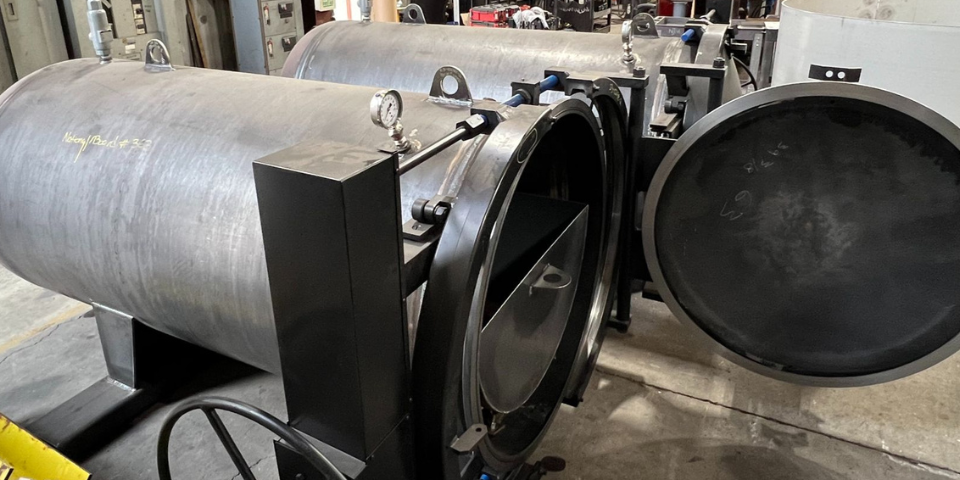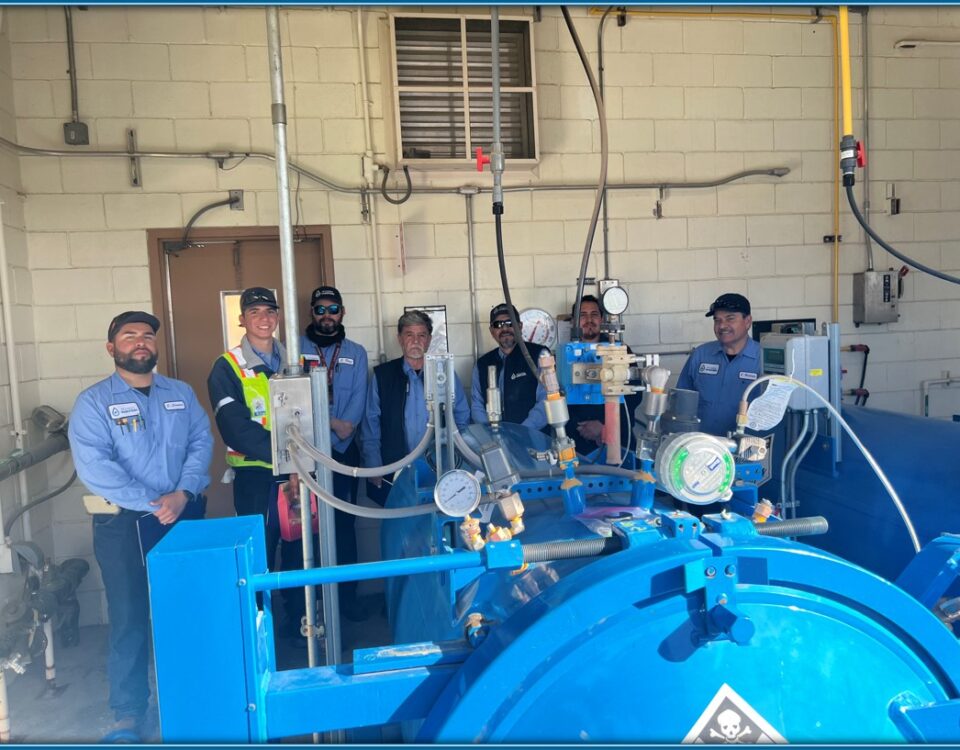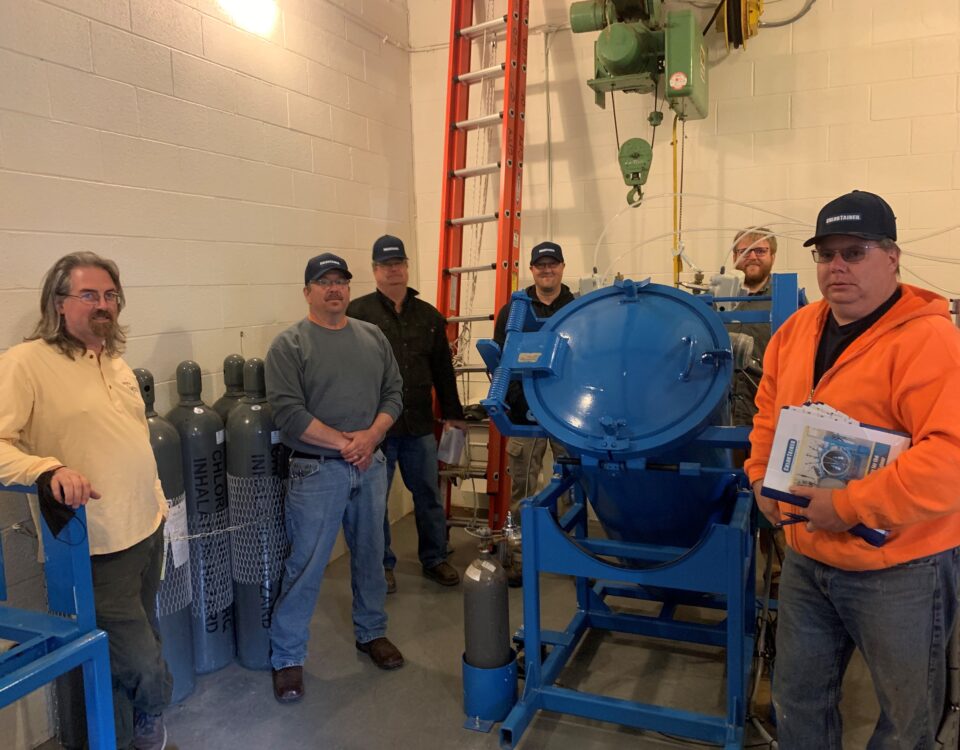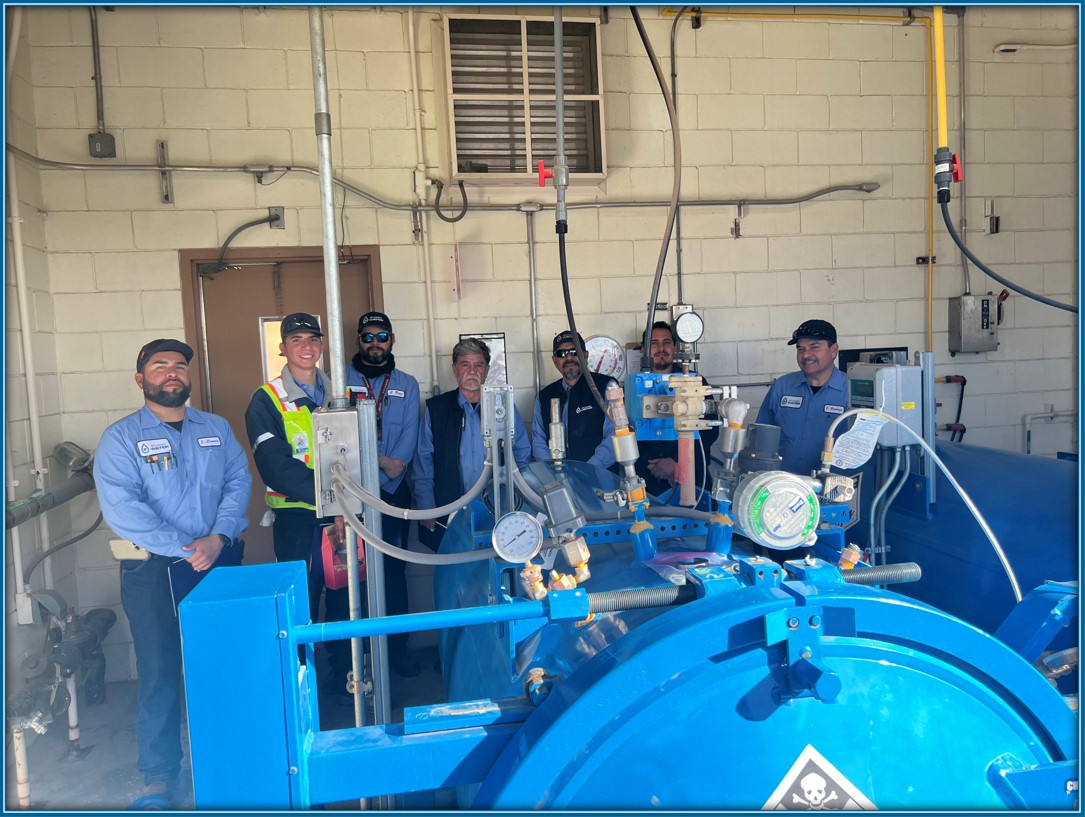
City’s Water Utilities Capital Projects Manager Reports Long Term Safety Enhancement from Special Secondary Containment Vessels for Chlorine Gas Cylinders
May 4, 2023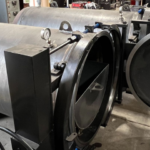
Delivering Cutting-Edge Chemical Storage Solutions to the U.S. Army: A Testament to Safety and Innovation
May 30, 2024In this video series, join us as we discuss the many benefits of ChlorTainer with professionals across multiple industries. Join us as we engage with experts from diverse fields – engineers, water treatment plant operators, and industrial site directors – to explore how ChlorTainer revolutionizes safety and efficiency across multiple industries.
Hey, this is John McGehee. I’d like to welcome Scott Gendron, Site Director of Mallinckrodt Pharmaceuticals. JMC Industrial Products, my company is a manufacturers rep organization located in Baton Rouge, Louisiana and one of the products that we rep is ChlorTainer secondary containment vessels, like in my background right here. It’s a tool used quite often for process safety. Scott is a Site Director, what kind of algorithm do you have to go through in order to ensure that your site is the safest possible?
SC: John thanks for having me on first off. A pleasure to be here, and always happy to discuss our company‘s continued commitment to ensuring that we offer the highest level of process safety for our employees and to the community. As you mentioned, several years back we were evaluating our options in regard to 1-ton containers which, of course, your product line, the ChlorTainer product line addresses and really found out there were not a whole lot of options for those kinds of vessels even though they’re found all over the country and you know commercial and municipal applications. So this is not a unique issue, not a unique risk in regard to the use of these container enclosures. They’re used extensively in all those arenas I just mentioned. In our company in particular, the same but what are the options we have to ensure that what’s inside of these containers stays inside and then if it were to have a breach of the container closure, which happens from time to time, what our options for ensuring that the materials inside don’t harm any of our employees or the public. And really, we found out there are a few options. I mean if you were running at a facility that’s continuously manned, oftentimes they’ll have an emergency response team or something of that nature that is trained to repair or fix these containers if they develop a leak and that involves response teams putting on oxygen and protective clothing, and having specialized tools. We were not very happy with that option because number one, we can’t always ensure that we have those folks here all the time, and also whenever you’re putting people in harm’s way there are associated risks with that so that wasn’t a very attractive option for us. Another option was to place the containers in an area that could be ventilated with large exhaust fans that could feed it to some type of scrubber or catalytic converter or something along that nature to neutralize the materials inside of the one-ton containers. Those are extremely expensive, and very complicated in terms of controls and motors and moving parts, etc., etc. And then the third option that we found was your solution, the ChlorTainer solution which is a very simple, mechanical, full containment solution for the one-ton container so that if it does develop a leak for whatever reason, which can happen, with no human action required, you’ve got full containment of whatever materials inside of the one-ton container. Super beneficial in that it requires no human response. It’s a passive system not heavily instrumented. So there are few pressure indicators and gauges and things but by and large it’s a mechanical system. Very simple, not a lot of maintenance required and it’s ultimately what we chose for the site.
JM: Yeah it’s interesting that this is an option, ChlorTainer that allows you to attach skata to it. A scale, load a cylinder, close the door and it’s gonna just pretty much take care of itself.
SG: And that’s another option you mention, apart from the process safety inside of this, we chose that same option to incorporate a scale. So we also get real-time, which we already had in place but the great thing about this is we keep our scale and we add full containment of the vessel so that anytime, day or night if a leak develops, the leak is contained, we still have to take actions to mitigate that leak but we’re doing it on our time frame with no risk to the employees or the public and we have time to plan our response and do it in a way that we can ensure that whatever got out of containment can be safely mitigated at that point.
JM: Do you think that the comfort level of your operators, in any site when you improve safety measures of any kind, the level of comfort with an operator do you gather that raised that level of comfort?
SG: Yeah, well I think if you gave any employee the option of, hey if a leak develops, you’ll have to implement emergency procedures, don some type of personal protective equipment, evacuate the area, establish a perimeter, call the appropriate emergency response department in your community, the state police, the fire department, or have full containment and essentially, yeah sure it’s still an incident but it’s an incident that is gonna be orders of magnitude less than what I described in the first incident. Any employee of any company is gonna prefer that. And that’s why really that first option, quite honestly is what most large chemical plants and manufacturers already have emergency response teams in place so often times they are reluctant to invest in engineering solutions like this, but I believe that the best, what I would call the standard of excellence for this type of one-ton container of process safety mitigation of engineering control of it prevents the leak from ever getting to your employees or to the general public or to the environment to begin with. So complete containment from the get-go is the gold standard.
JM: Yeah I would agree with you. Also when that gas, should a cylinder fail inside a ChlorTainer, the ChlorTainer vessel sequesters that gas and it doesn’t go to waste, it goes into process just like you did at the same rate you were using.
SG: Yeah, that’s right. If we were to have a leak, this will vary from manufacturer and site to site, but you don’t necessarily have to let the gas go to waste. There are very easy ways to redirect the flow of that gas, even though you’ve lost primary containment, you still have secondary containment and as part of the mitigation of the incident you could actually use the gas in your process until it’s been completely evacuated from the ChlorTainer. And then at that point when you’ve got all the gas removed you can either put a vacuum on it or do a variety of other things. So yeah, instead of the entire container enclosure going to waste, you’re right you can reclaim the gas for its intended purpose.
JM: Well, Scott I definitely appreciate your perspective on process safety, site safety. Appreciate your time to spend with us here at JMC Industrial Products. The rep company that represents ChlorTainer in Louisiana and in Texas. Scott, once again thank you for your time. Thank you for being with us and maybe an upcoming podcast we’ll have a discussion regarding municipalities utilizing ChlorTainer and secondary containment. Thank you.
SG: Thanks John! Appreciate the opportunity to be on and appreciate all the other products you guys are bringing to the market.
JM: Thank you


